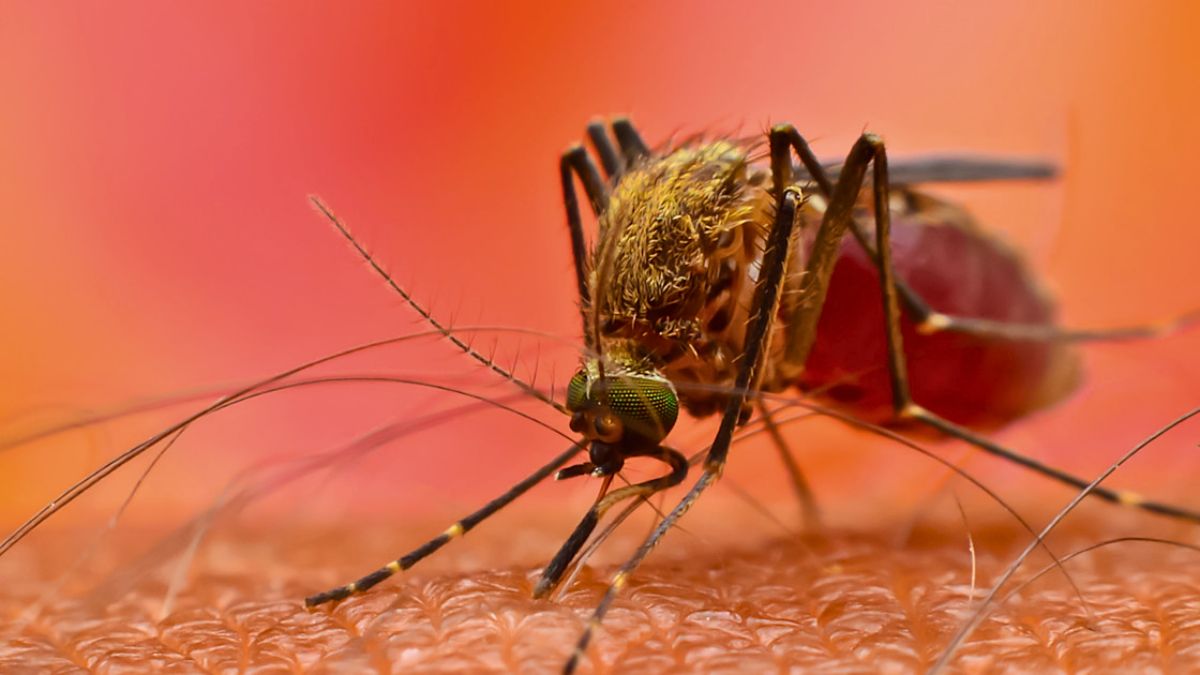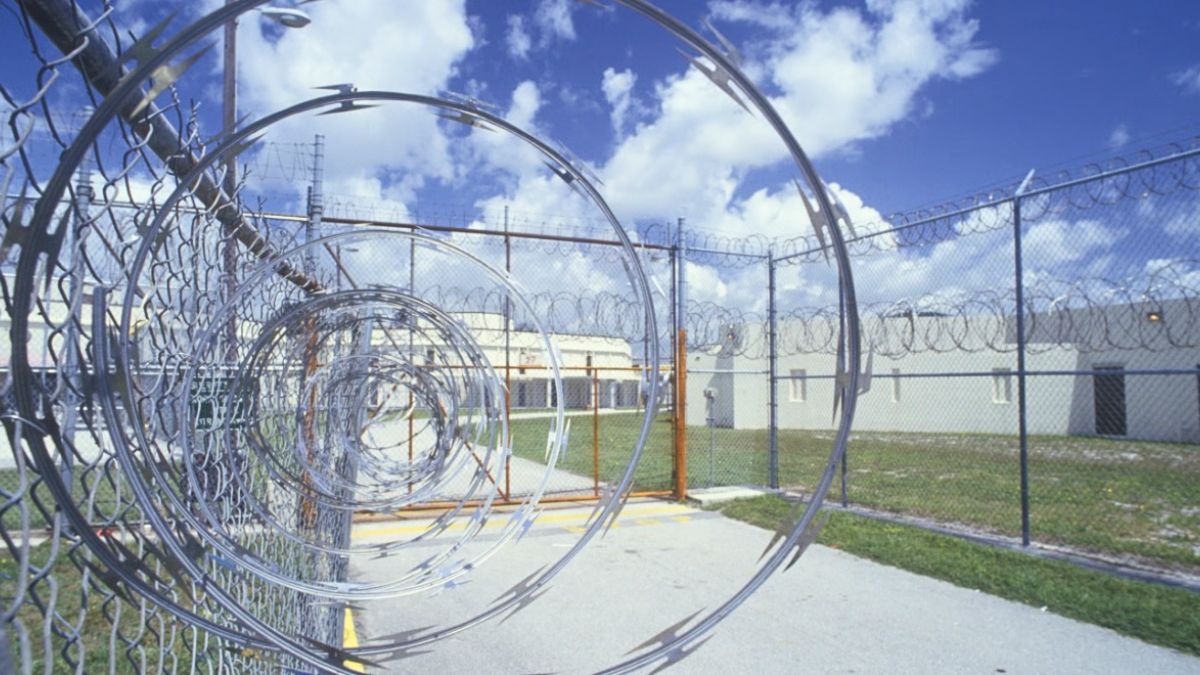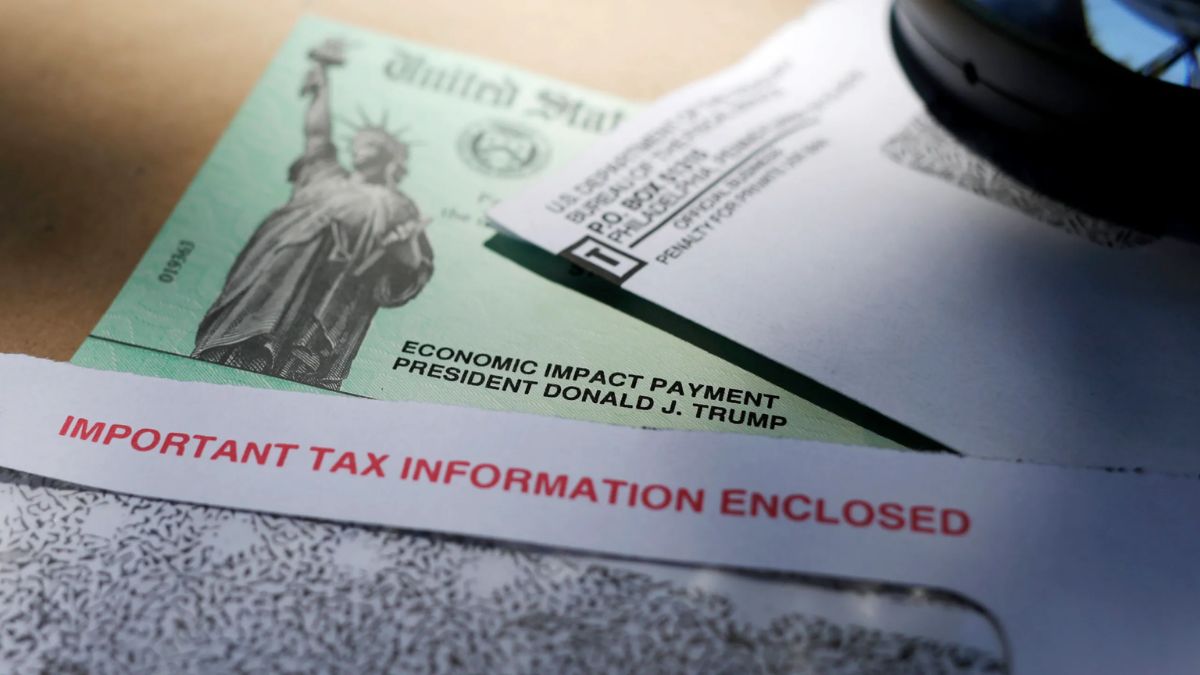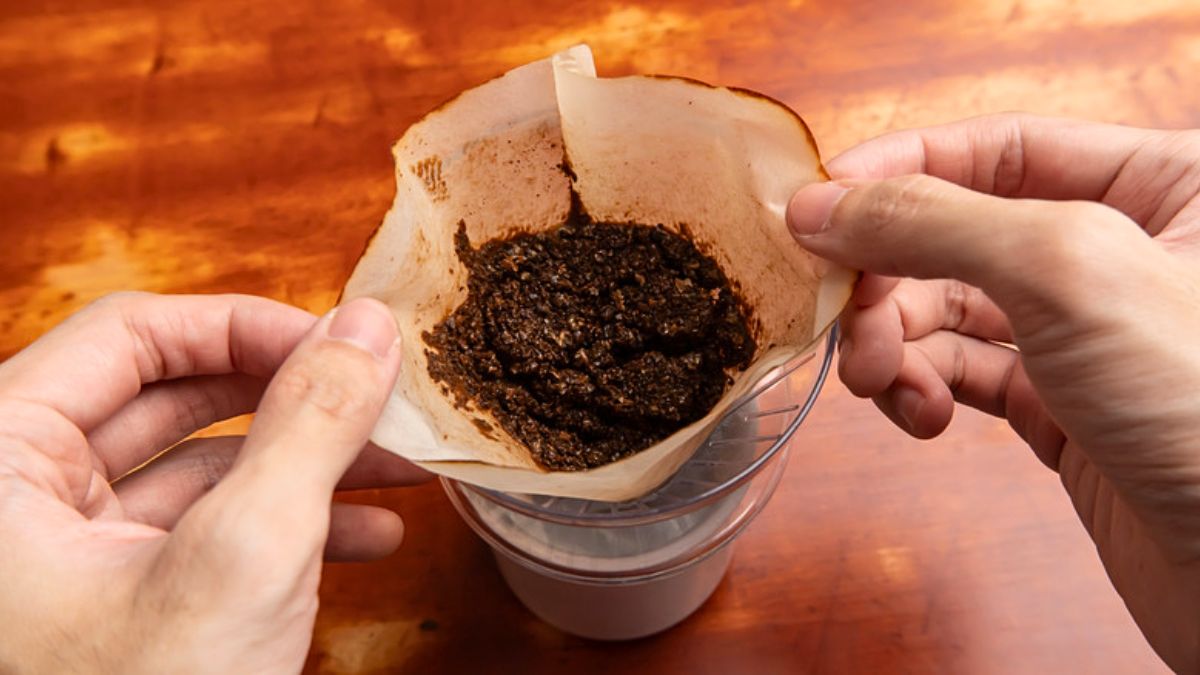Artificial intelligence is becoming a key player in solving real-world health problems. One standout example is coming from the University of South Florida, where researchers are using AI to revolutionize the way we fight mosquito-borne diseases like malaria and dengue. Backed by the U.S. National Institutes of Health (NIH), this project focuses on monitoring Anopheles stephensi, a highly efficient malaria-spreading mosquito now found in parts of Africa and even Florida.
This tech-driven approach is combining AI, citizen science, and real-time tracking. Could it be the breakthrough we need to stop future outbreaks before they even begin? Let’s take a closer look.
Innovation
At the heart of this effort is a new mosquito trap designed by researchers at the University of South Florida. But this isn’t just any trap—it uses AI to identify mosquito species on the spot. Specifically, it can detect whether the insect is a known carrier of diseases like malaria or dengue.
This kind of real-time tracking could change the way public health officials respond to outbreaks, giving them faster, smarter tools to act before it’s too late.
Eradication
The ultimate goal? To eliminate malaria within the next few years. Thanks to the rapid identification and mapping capabilities of this AI system, experts believe they can make real progress toward eradicating the disease in high-risk regions.
It’s an ambitious vision, but one that’s now possible thanks to machine learning and smarter surveillance.
Focus
The project targets the Anopheles stephensi mosquito, a species that’s recently been spreading into urban areas across Africa. What makes this AI special is its ability to correctly identify this specific mosquito from a single photo. That cuts down the time and resources needed to catch and analyze these insects in a lab.
Function
How does the AI system actually work? It uses image recognition to examine the mosquito’s head, thorax, legs, and wings. From just one picture, the software classifies the insect by species within seconds.
This means no lab equipment, no waiting days for results—just a mobile device or field kit, and you’re good to go. Fast, portable, and simple.
Traps
To make it even more effective, the team added smart traps into the mix. These traps attract mosquitoes, snap a picture, and upload it to the cloud. From there, the AI system checks the images in real time. If it detects something dangerous, local health officials are alerted instantly.
| Feature | Function |
|---|---|
| Smart Trap | Captures and photographs mosquitoes |
| Cloud Upload | Sends image data in real time |
| AI Identification | Recognizes disease-carrying species |
| Health Alert System | Notifies officials if risk is detected |
Outreach
This project doesn’t just rely on high-tech labs or expensive tools. It’s built to involve communities directly. Through citizen science, field workers and residents can take mosquito photos and upload them to a platform called mosquitodashboard.org. The AI then processes these images and adds them to a global map showing mosquito activity.
This democratized approach means more eyes on the ground, and faster response times.
Global
The initiative is already being implemented in Nigeria and Cameroon, with plans to expand further. There’s even talk of building an International Center of Excellence in Malaria. By working with local partners and global health organizations, this technology could become a core part of future disease control strategies.
Climate
As climate change and rapid urbanization shift disease patterns, it’s clear that old methods won’t be enough. AI gives us a fighting chance. This project from the University of South Florida shows how powerful technology can be when paired with public health goals.
If we can spot threats early and act fast, we might just rewrite the future of infectious disease control.
FAQs
What is the AI mosquito trap?
A smart trap that identifies mosquitoes using AI.
Which mosquito is being tracked?
Anopheles stephensi, a malaria carrier.
Where is the tech being used?
In places like Nigeria, Cameroon, and Florida.
Can citizens participate?
Yes, by uploading mosquito photos to the platform.
What’s the end goal?
To stop outbreaks and eradicate malaria.
























